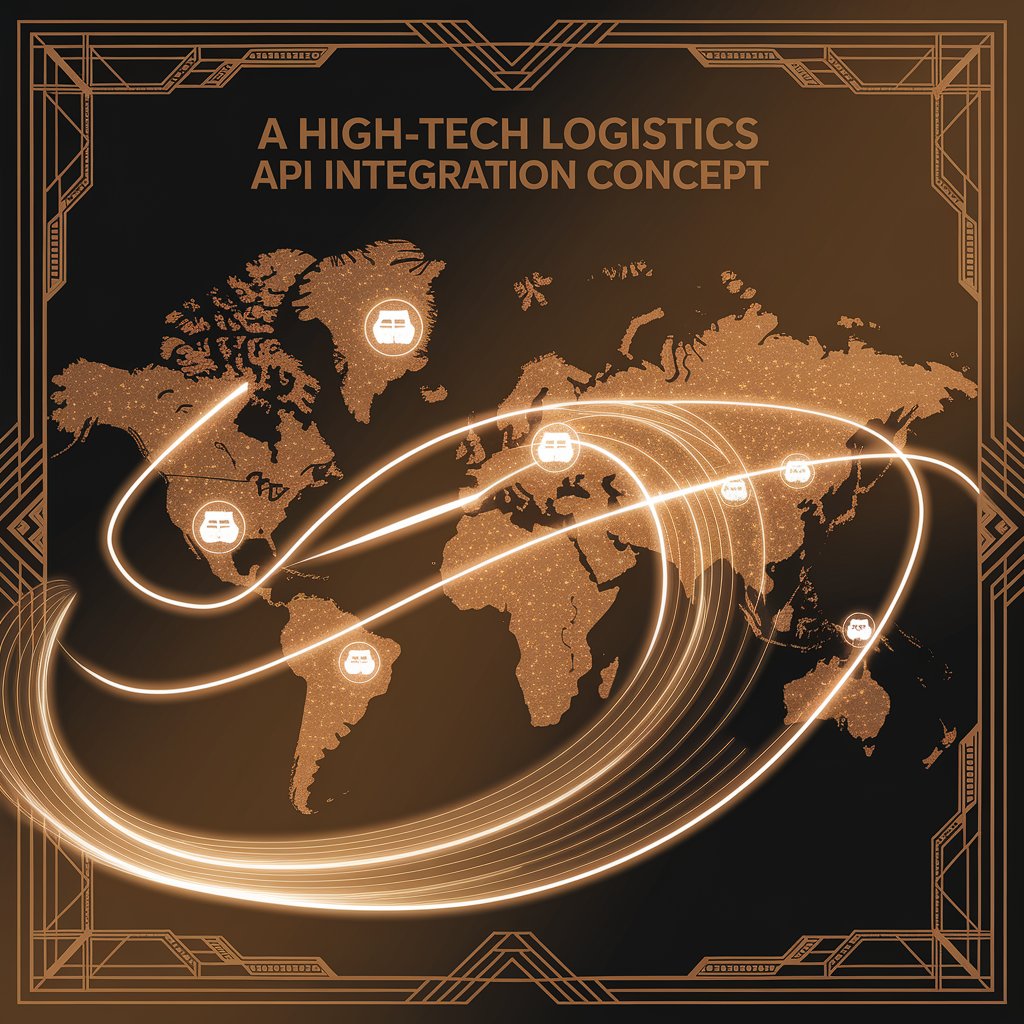Freight API Integration: Connecting Logistics Systems for Maximum Efficiency

Introduction
Freight API integration changes the way logistics companies operate by enabling seamless connectivity between software systems. Whether linking a transportation management system (TMS) to a carrier network, connecting a warehouse management system (WMS) to freight tracking tools, or integrating customer portals with shipping databases, APIs ensure that data flows instantly and accurately across the supply chain.
What Is Freight API Integration?
Freight API integration refers to the process of connecting different logistics software systems using Application Programming Interfaces (APIs) to enable real-time data exchange. With APIs, companies can:
- Automate shipment bookings and updates
- Access live tracking and ETA data
- Sync rates, availability, and documents instantly
- Reduce manual input and human error
- Offer better customer visibility through integrated portals
It’s the backbone of modern digital logistics infrastructure.

Key Benefits for Logistics Operations
Benefit | Why It Matters |
Real-Time Data | Improves decision-making and responsiveness |
Automation | Reduces repetitive manual tasks |
Accuracy | Eliminates mismatched or outdated data |
Scalability | Easily connects new tools and carriers |
Customer Satisfaction | Provides up-to-the-minute shipment updates |
How It Works
Freight API integration involves connecting multiple logistics platforms so they can “talk” to each other. For example:
- A freight forwarder’s TMS sends booking details to a carrier via API.
- The carrier’s system returns confirmation, tracking numbers, and ETAs.
- The customer portal instantly displays the updated information for clients.
This eliminates the need for phone calls, emails, or manual data transfer, accelerating every step of the process.

Advanced Use Cases
Modern logistics companies leverage freight APIs for:
- Dynamic rate fetching from multiple carriers
- Predictive analytics by combining tracking and historical data
- Automated customs documentation through government API connections
- Integration with e-commerce platforms for automated order fulfillment
- IoT-based shipment monitoring feeding live data to TMS dashboards
These use cases drive efficiency and provide a competitive edge.
Why It Matters for the Future of Logistics
Global shipping demands faster, more transparent, and more connected operations. Freight API integration is the foundation that enables logistics companies to adopt AI, automation, and advanced analytics without rebuilding their entire tech stack. The ability to integrate quickly with partners and platforms is no longer optional — it’s essential for survival.

Conclusion
Freight API integration bridges the gap between disconnected logistics systems, delivering real-time visibility, automation, and operational efficiency. By adopting robust API strategies, freight forwarders, carriers, and shippers can scale faster, respond to market changes instantly, and provide superior service to customers in an increasingly digital logistics world.
